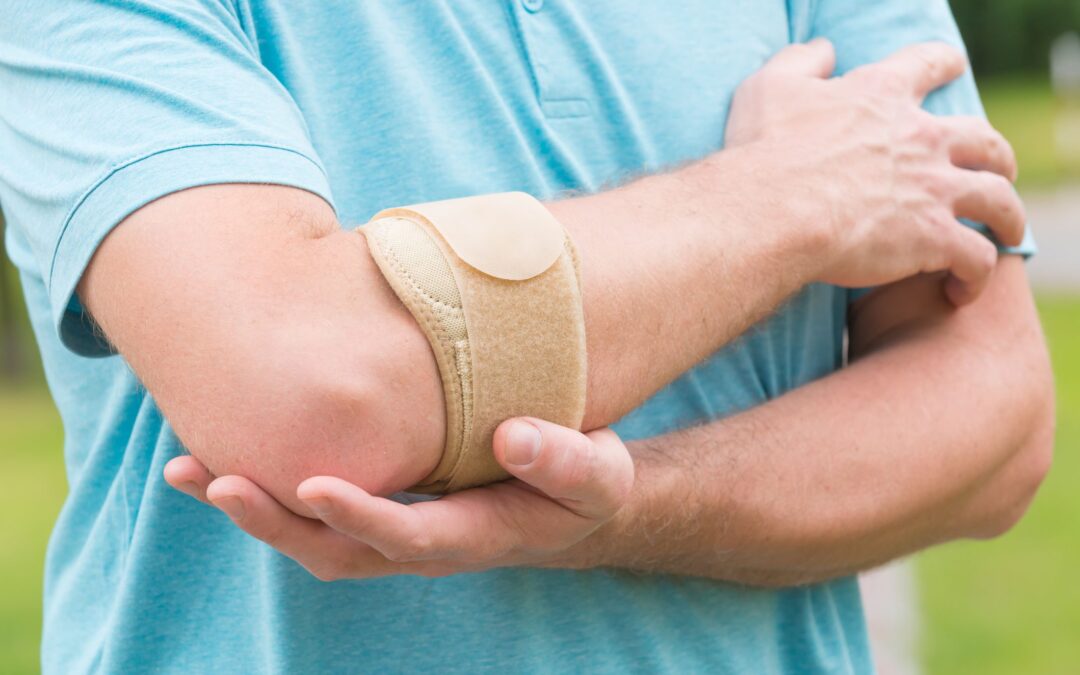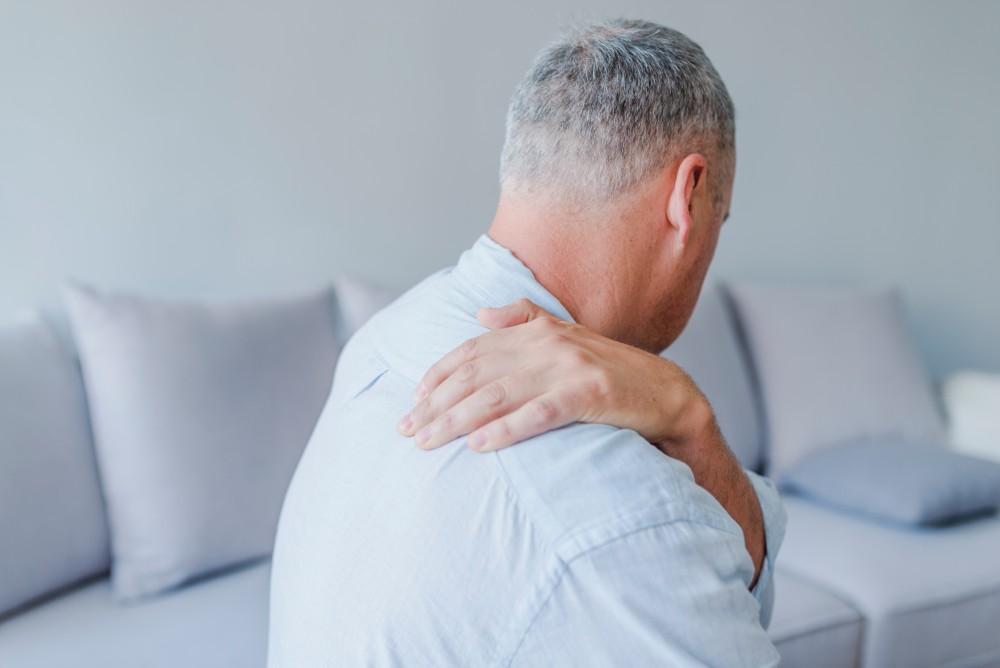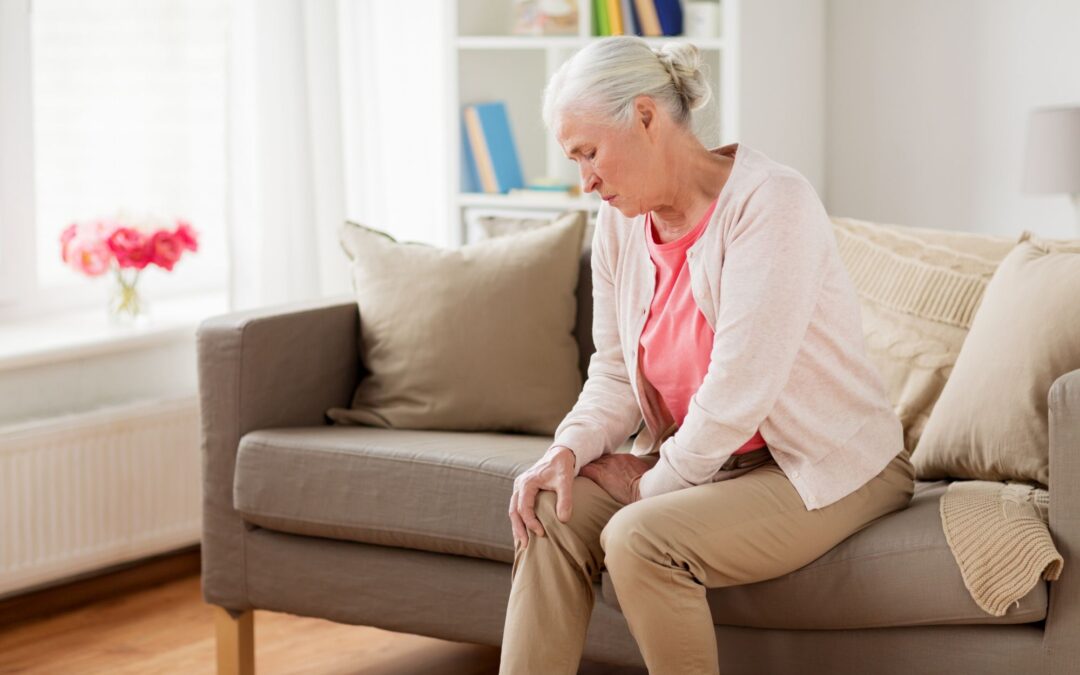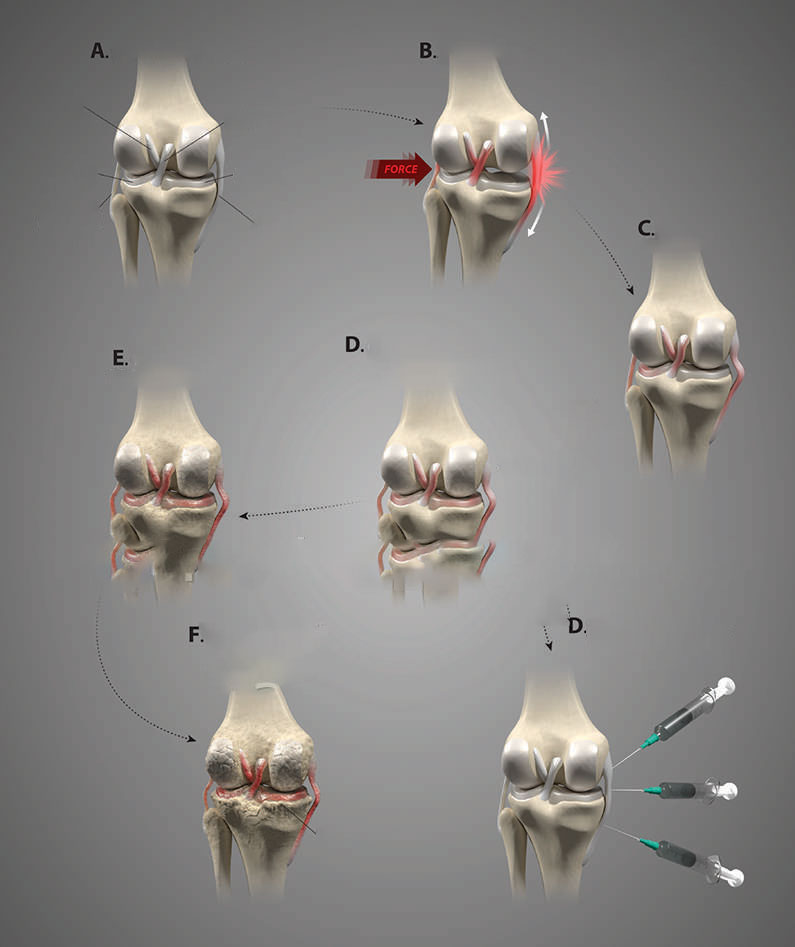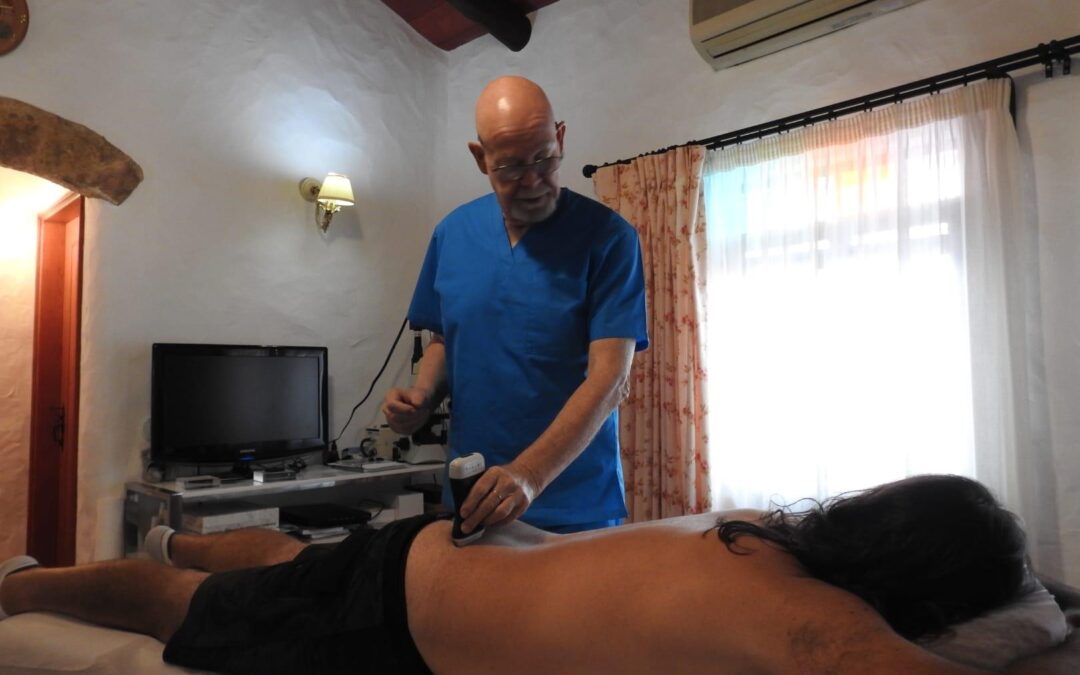
Cranial Osteopathy
Samantha attended the clinic because of difficulty in nose breathing since she fell on her jaw and face some four years previous.
She had an x-ray to the face and TMJ’s and everything looked clear and there were no fractures.
However, shortly after the injury she found that she was unable to breathe fully through the nose which induced panic attacks with not being able to breathe.
She consulted her doctor who said that the x-rays showed no structural damage but he would refer her for further investigations with an ENT specialist.
It was suggested by the specialist that she undergoes an operation to “clear her nasal mucosa” in the hope that this will resolve the problem.

On examination I found the nasal bone to be impacted on the frontal bone with limited movement to the right side. Cranial osteopathy was used to correct this lesion and she reported that she could breathe easily through both nostrils.

